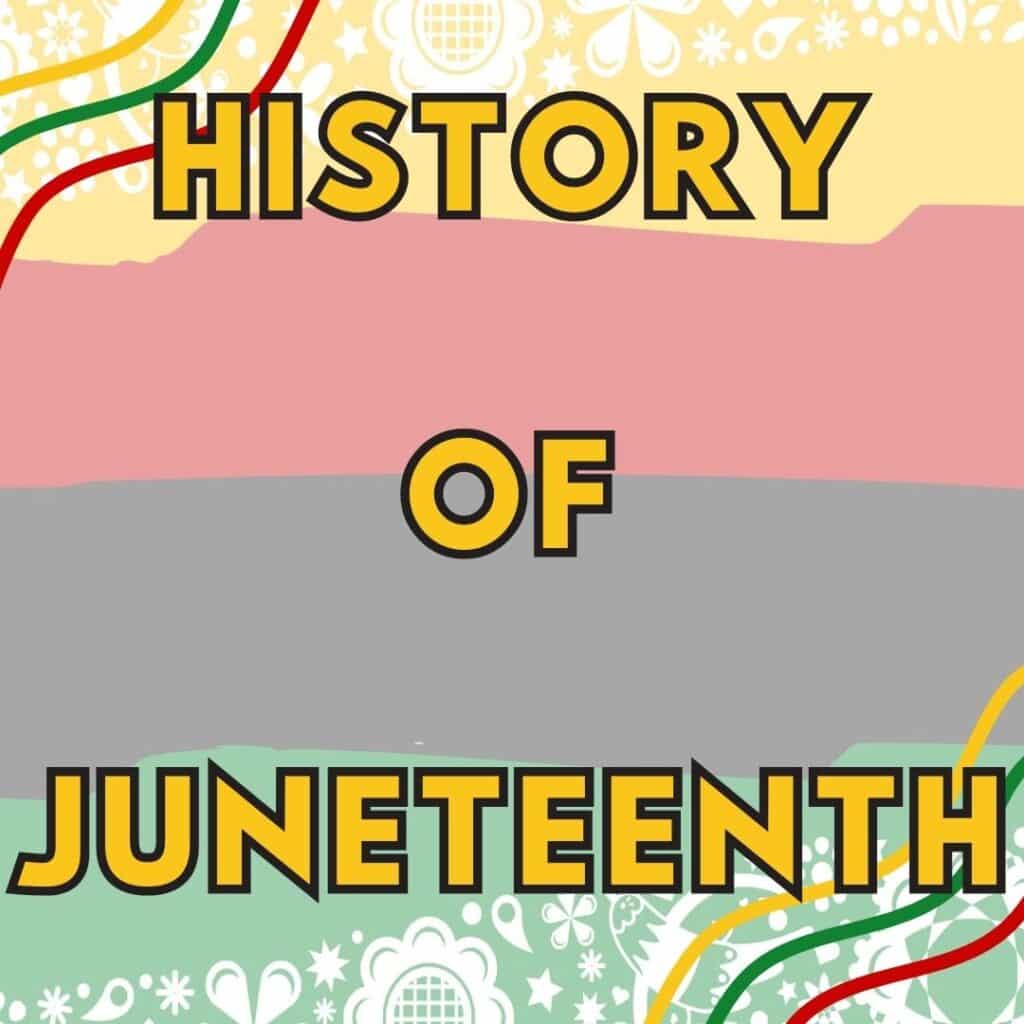
St. Patrick’s Day isn’t just about wearing the color green and pinching those who aren’t. Although your students (and even yourself) may find delight in this, there is so much more to the story!
Social studies teachers like to provide historical context to not only students’ daily lives, but also to those special days as well, like St. Patrick’s Day. And true to my mission, I like to teach my students the WHOLE or REAL story of historical and traditional celebrations, especially with Thanksgiving.
I want my students to know that St. Patrick wasn’t just a guy wearing a green suit with a black and gold top hat prancing around seeking gold at the end of rainbows. Because while that is the current depiction we see, it isn’t accurate.
Furthermore, I don’t just want my students to know that he was (and still is) considered the patron saint of Ireland. There is so much more to him than a title. He was a cultural and spiritual leader who overcame tragedy and sought to fulfill what he thought was his divine mission. And it’s my mission to make sure my students have the full picture.
Think you know St. Patrick? Feeling lucky? Then let’s see what you know!
Let’s start with some of the more widely known facts and details about St. Patrick.
True or False: St. Patrick was born in Ireland.
False! St. Patrick was actually born in England. He was the son of wealthy parents and lived towards the end of the fourth century. There are not many public records from then, especially accounts of birthdates, but it is believed that he died on March 17, around 460 AD, hence why the holiday is celebrated on March 17th.
It wasn’t until St. Patrick was captured at the age of 16 and taken prisoner by a group of Irish raiders that he ever set foot in Ireland. He spent about six years in captivity where he worked as a shepherd until he escaped. During his captivity, he became a devout Christian and claimed to have heard the voice of God telling him to leave Ireland.
He returned years later to serve as a missionary to spread Christianity throughout Ireland.
True or False: St. Patrick is known for his amazing feats, including banishing all the snakes from Ireland.
False again! There are many stories, like this one, of St. Patrick’s awe-inspiring, and nearly unbelievable feats, but they are not true. Before Christianity spread throughout Ireland, largely in part due to St. Patrick himself, the Irish practiced a nature-focused pagan religion. This culture and faith was known for its oral tradition and passing on of stories, which may have lead to some rather tall tales being circulated about St. Patrick.
To celebrate and make sure students have a deeper understanding of St. Patrick’s Day, I created a fun little set of activities designed to get students excited about learning who St. Patrick really was. It’s called Who Was St. Patrick?
In this resource, students will have the opportunity to watch a fascinating introduction video that provides all the details about St. Patrick himself. They will also be able to complete a self-driven WebQuest (a fan favorite of all students) to discover even more, and then use everything they’ve learned and practice their writing and summarization skills to conclude the activity. Also, to help spark creativity, I’ve included a Pic Collage activity as well!
Whether you’ve got a break between units, or need an extension or enrichment activity for your Ancient Civilizations unit, this resource will be a favorite in your classroom and one you will want to repeat each year! If you decide to purchase it, be sure to let me know how you used it in your classroom and how your students enjoyed it!
Looking for more?
| Cookie | Duration | Description |
|---|---|---|
| cookielawinfo-checbox-analytics | 11 months | This cookie is set by GDPR Cookie Consent plugin. The cookie is used to store the user consent for the cookies in the category "Analytics". |
| cookielawinfo-checbox-functional | 11 months | The cookie is set by GDPR cookie consent to record the user consent for the cookies in the category "Functional". |
| cookielawinfo-checbox-others | 11 months | This cookie is set by GDPR Cookie Consent plugin. The cookie is used to store the user consent for the cookies in the category "Other. |
| cookielawinfo-checkbox-necessary | 11 months | This cookie is set by GDPR Cookie Consent plugin. The cookies is used to store the user consent for the cookies in the category "Necessary". |
| cookielawinfo-checkbox-performance | 11 months | This cookie is set by GDPR Cookie Consent plugin. The cookie is used to store the user consent for the cookies in the category "Performance". |
| viewed_cookie_policy | 11 months | The cookie is set by the GDPR Cookie Consent plugin and is used to store whether or not user has consented to the use of cookies. It does not store any personal data. |